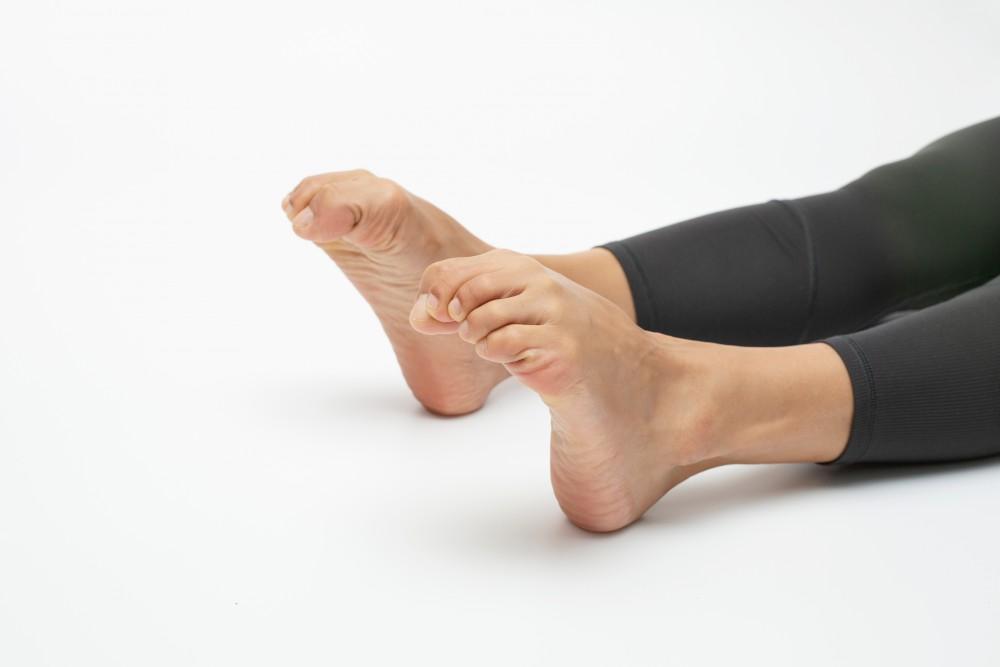
Understanding Spinal Stenosis

In medical terminology, stenosis means narrowing. It can refer to any aspect of your body where an opening becomes smaller. Spinal stenosis refers to the narrowing of spaces in the vertebrae through which nerves pass.
When such a narrowing becomes small enough to press on nerve tissue, you can develop problems with the function of the affected nerves. The issue could have symptoms at the point of pressure or anywhere along the nerve path after that point of pressure.
Spinal stenosis issues can be difficult to both diagnose and treat. When you experience the symptoms associated with spinal stenosis, choosing a spine specialist like Bahri Orthopedics and Sports Medicine Clinic puts you in the hands of experts who are well-versed in all levels of spinal care.
Spinal stenosis basics
The central structure around which your body is based, the spine, is essential for physical and communications support. The vertebrae bones form a column that allows a wide range of movement. At the same time, the spinal cord is a biological information superhighway, carrying the nerve impulses between brain and body.
The bones of the spine -- the vertebrae -- create a series of facet joints. These joints are prone to the same types of wear and tear as your knees or hips, which often leads to a common result of aging called osteoarthritis.
Bone spurs
This can lead to bone spurs, calcium growths that often result from osteoarthritis, or, less often, other bone diseases. These growths can project into the spaces in your vertebrae through which nerves pass. In some cases, the growths can put pressure on nerve tissue.
Herniated disks
Between vertebrae are cushioning disks that act as shock absorbers and spacers that assist vertebrae with their range of motion. Spinal disks are often compared with jelly doughnuts in structure, with a tough outer casing around a softer inner core. Disks dry out over time and become more susceptible to rupture, called herniation. The gel-like center can escape through the shell, pressing nerve tissue against other spinal structures.
Injuries
High-impact trauma, such as with contact sports or auto accidents, can displace or damage components of the spine. Soft tissue in the area of an injury can become inflamed and swollen. Any of these events could also reduce the space through which nerves pass.
Effects of nerve pressure
Nerves have three primary functions, sensation, muscle movement, and autonomic control (like heartbeats and breathing). When stenosis occurs, any of these functions could be altered. Stenosis most usually occurs in the neck (cervical) or lower back (lumbar), creating similar effects from each location. These symptoms include:
- Numbness or tingling away from the spine, such as hands (cervical) or legs (lumbar)
- Pain at the source of nerve compression or anywhere from that point to the nerve’s end
- Muscle weakness in hand and arm (cervical) or foot and leg (lumbar)
- Bowel or bladder dysfunction (autonomic nerves) with cervical stenosis
- Pain or cramping in one or both legs when standing or walking with lumbar stenosis
You can have spinal stenosis without symptoms that may be discovered during testing for other conditions. In this case, no treatment is needed though the advance of stenosis may be monitored.
There is a wide range of treatments for stenosis, depending on the cause and severity of symptoms. This can range from stretching and physical therapy to surgery when no other treatment produces results.
Contact Bahri Orthopedics and Sports Medicine Clinic when you suffer from signs of spinal stenosis. There are two Jacksonville locations and an office in St. Augustine, all of which can be reached by phone or online with the appointment request tool on this page. Book your consultation now.
You Might Also Enjoy...


Fracture Care: Nonsurgical Options vs. Surgery

Am I a Good Candidate For Shoulder Replacement?

Staying Active With Knee Osteoarthritis: Our Top Tips

Struggling with Ankle Instability? Here's How to Avoid Future Sprains


